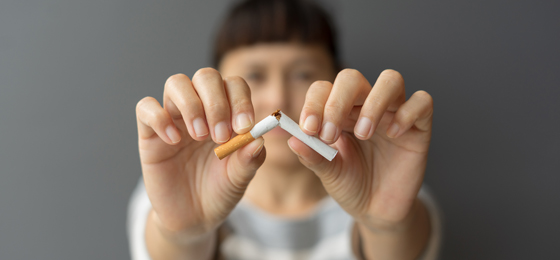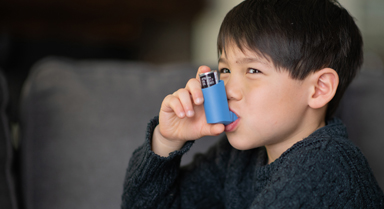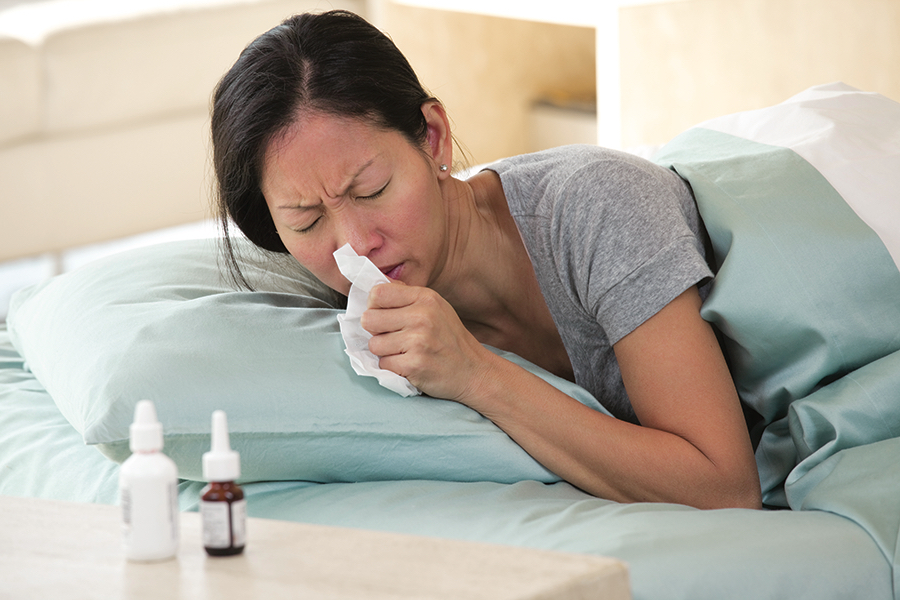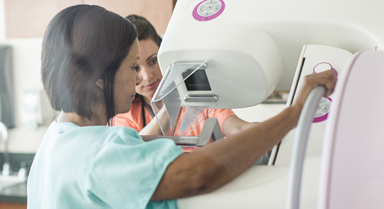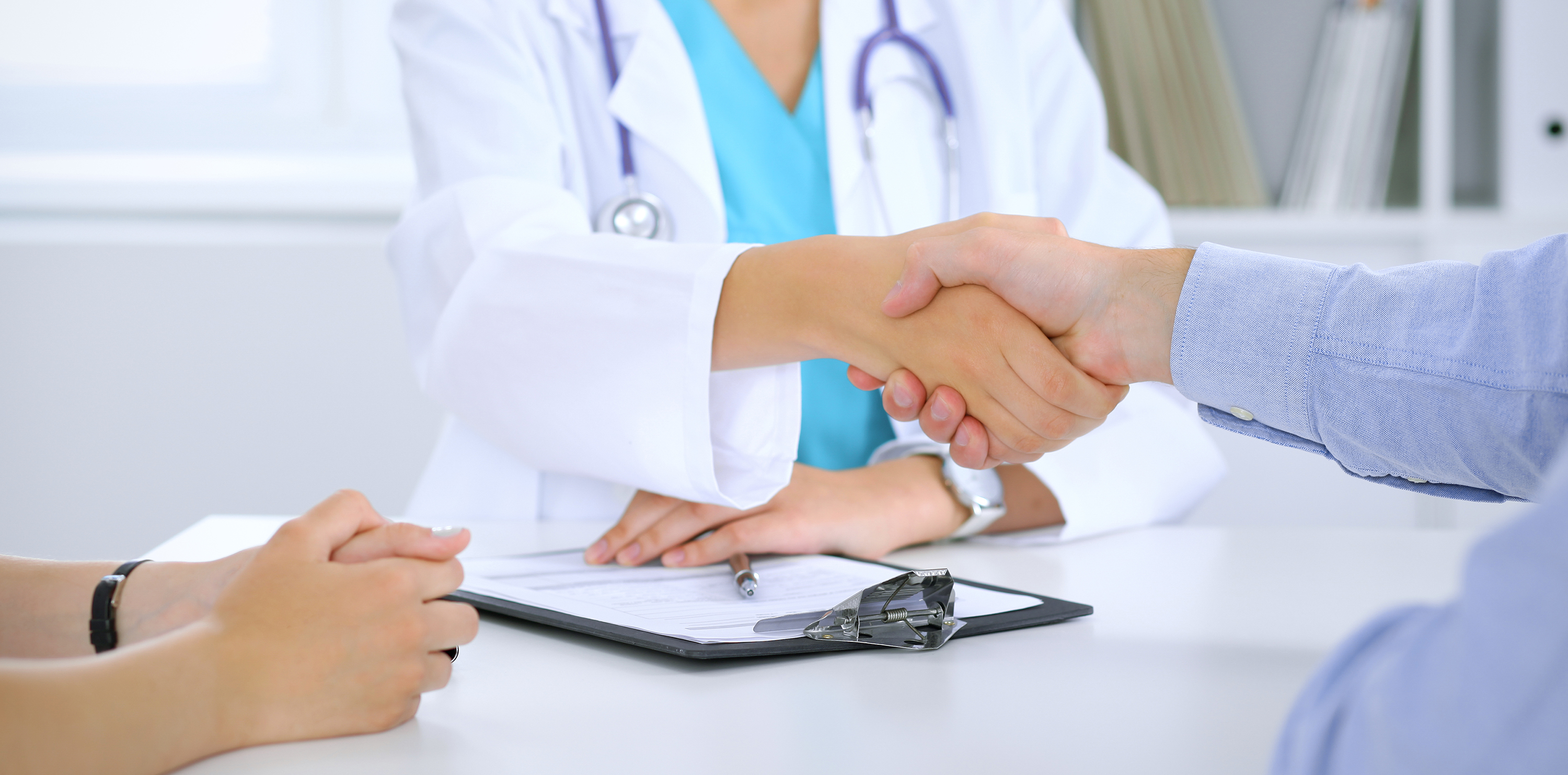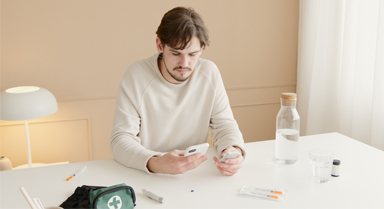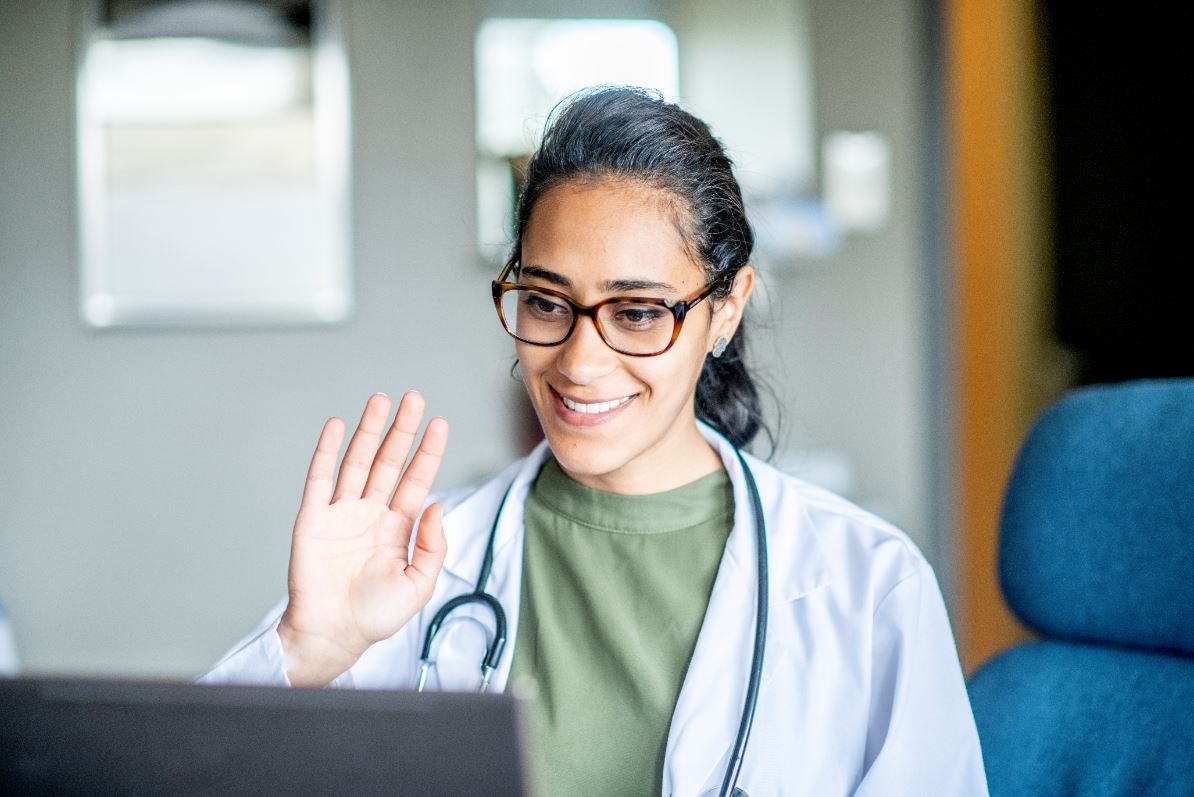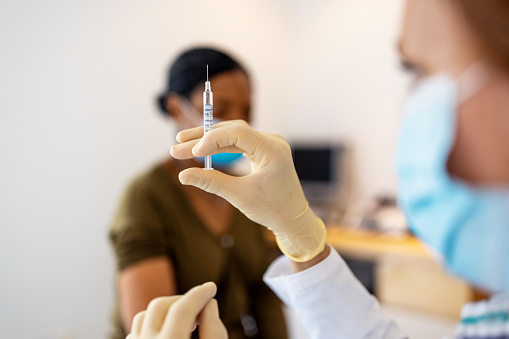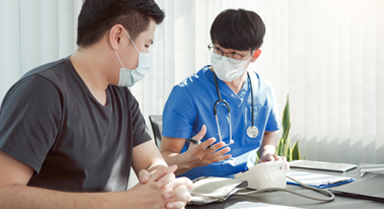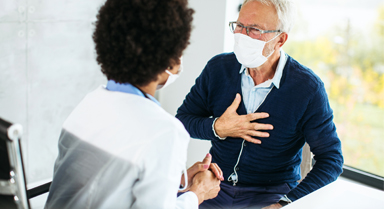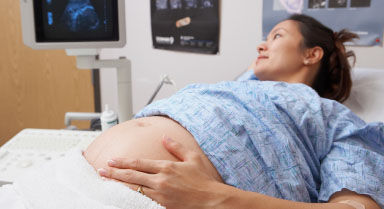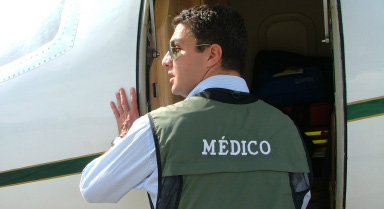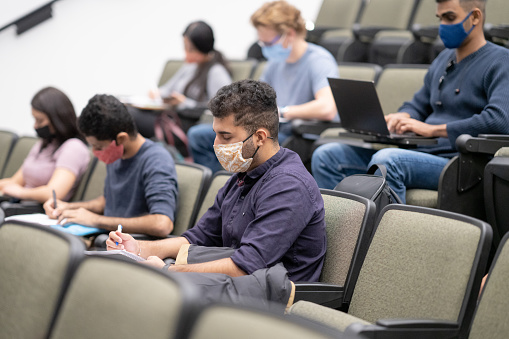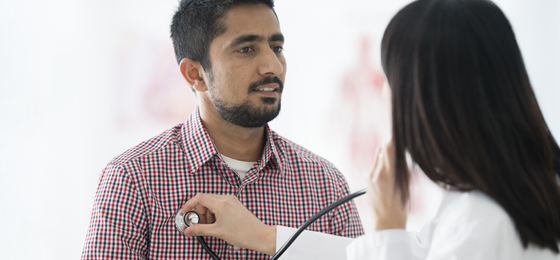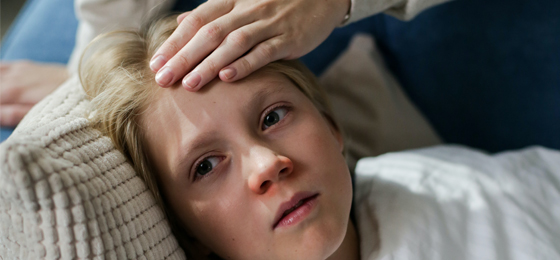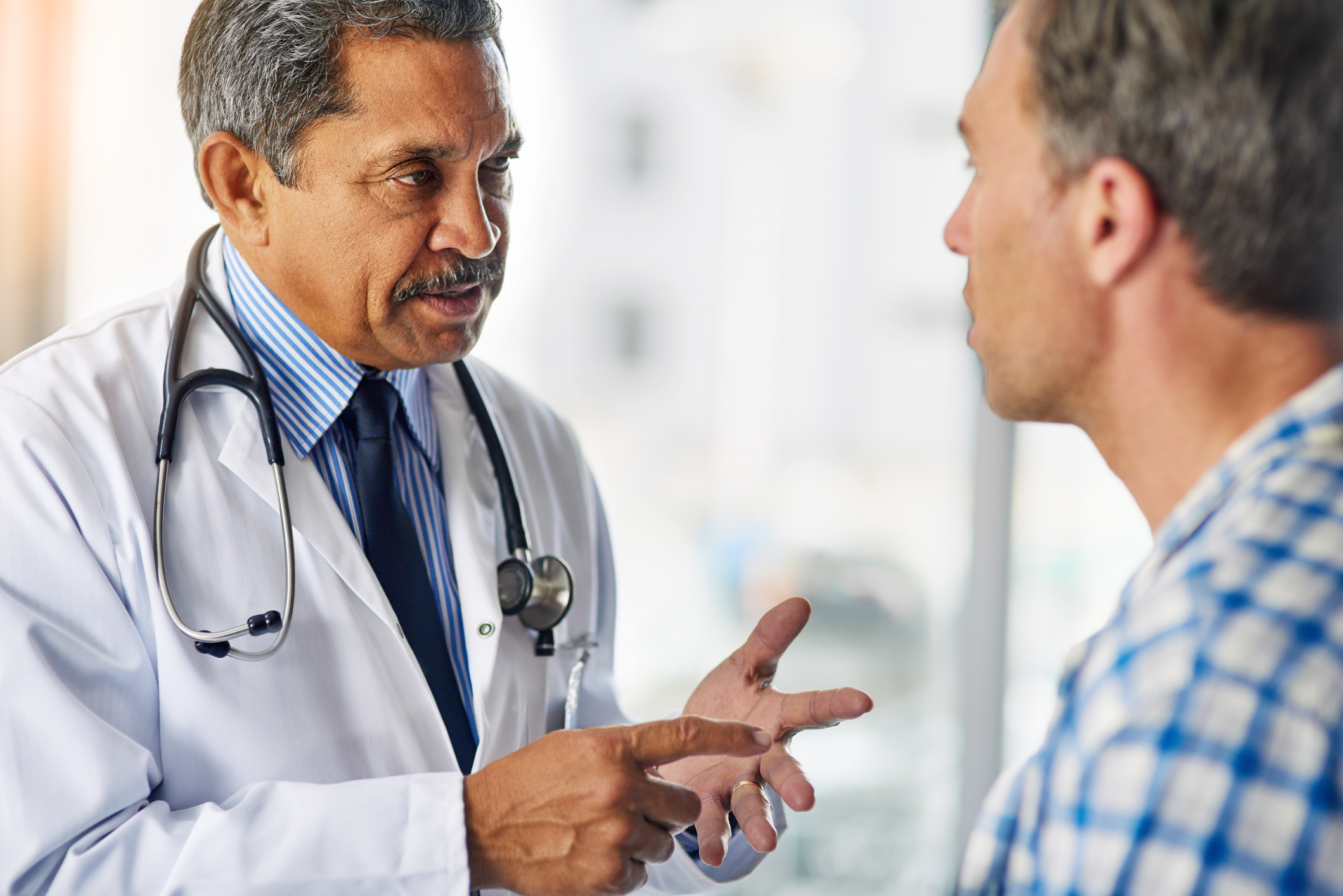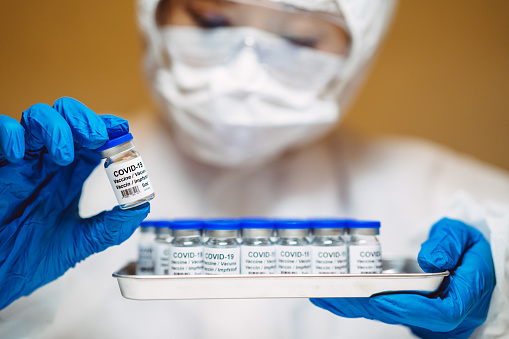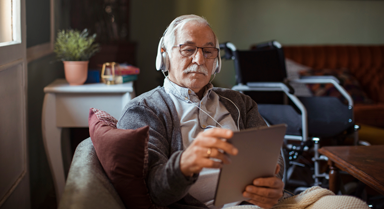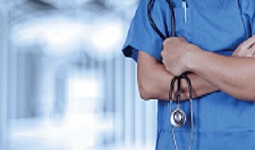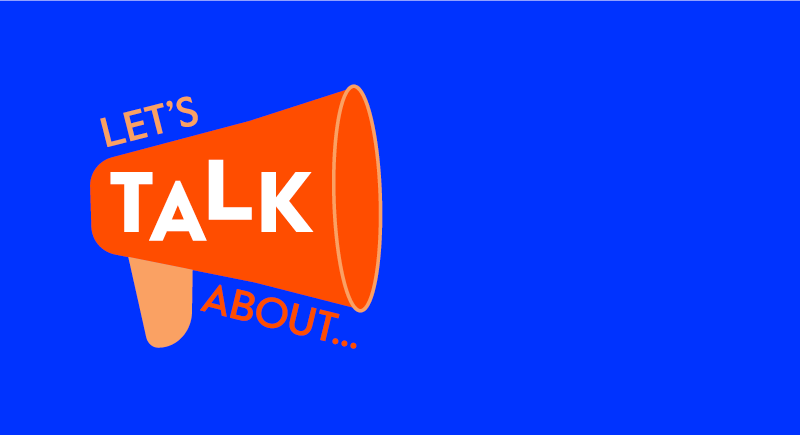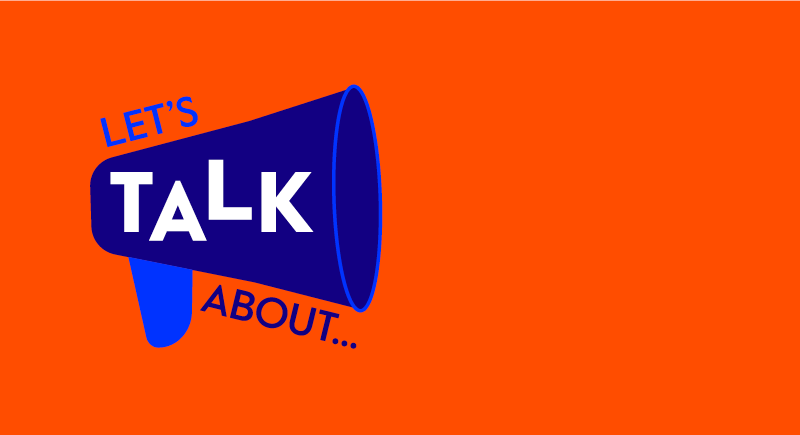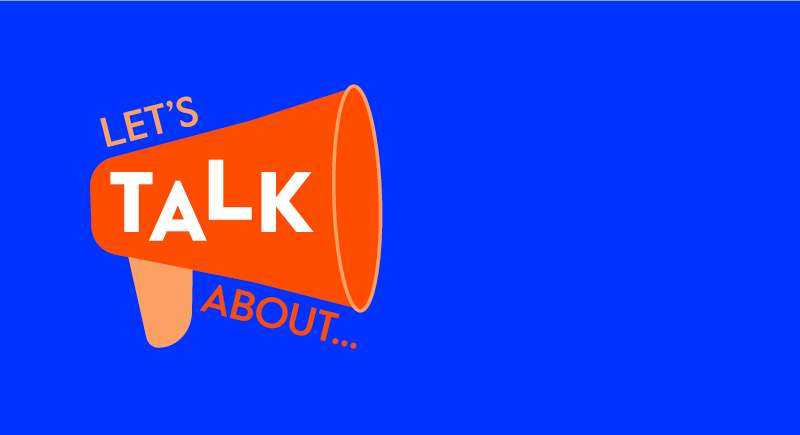-
Did you know?
- Tobacco kills more than 8 million people each year. More than 7 million of those deaths are the result of direct tobacco use while around 1.2 million are the result of non-smokers being exposed to second-hand smoke.1
- Over 80% of the world's 1.3 billion tobacco users live in low- and middle-income countries.1
- In 2020, 22.3% of the global population used tobacco, 36.7% of all men and 7.8% of the world’s women.1
Lung cancer awareness
Lung cancer is the out-of-control growth of abnormal cells in the lungs. These cells can invade nearby tissues and form tumors. Lung cancer can start anywhere in the lungs and affect any part of the respiratory system.The main types of lung cancer are non-small cell lung cancer (NSCLC) and small cell lung cancer (SCLC). NSCLC is the most common type. SCLC usually grows quickly and is more likely to spread than NSCLC.
What causes it?
Most lung cancer is caused by smoking. But sometimes lung cancer develops in people who have never smoked. A few people get lung cancer after being exposed to other harmful substances. Cancer may also be caused by gene changes that happen as you get older.
What are the symptoms?
The first signs of lung cancer may include a new cough or a cough that doesn't go away, wheezing, or feeling short of breath. Other signs may include chest pain and blood in mucus that is coughed up.
How is it diagnosed?
Your symptoms, your medical history, and any history of cancer in your family will help your doctor decide how likely it is that you have lung cancer. You may need tests to be sure. Lung cancer is usually first found on a chest X-ray or a CT scan.
How is lung cancer treated?
Treatment for lung cancer is based on the type and stage of the cancer and other things, such as your overall health. The main treatments are surgery to remove the cancer, radiation therapy, and chemotherapy. There are also other options, such as immunotherapy or targeted therapy. A clinical trial may be a good choice.
How can you lower your risk?
Some lung cancers can't be prevented. But if you smoke, quitting smoking is the best step you can take to prevent lung cancer. If you want to quit, your doctor can recommend medicines or other ways to help.
Quitting smoking: A timeline2
Taking the first step
Did you know that the journey to a healthier you starts within minutes after you’ve smoked your last cigarette? No matter your age, or how long you’ve been a smoker, it’s never too late to stop. While your body will go through a number of changes along the way – don’t give up.
After 20 minutes: Your blood pressure, pulse rate, and body temperature begin to drop to normal levels.
After 8 hours: The levels of carbon monoxide in your blood drops, while the level of oxygen in your blood increases.
- NOTE: At this point, it’s normal to start craving a cigarette. You may even feel agitated or anxious. It’s all part of the process. But it’s important that you keep going.
After 24 hours: Did you know that by smoking a pack of cigarettes a day, you are two times more likely to have a heart attack than a nonsmoker?2 By going one full day without smoking a cigarette, you already start to lower your chances of getting a heart attack.
After 3 days: You start to breathe more easily and may feel that you have more energy.
Within 1 – 3 months: Your circulation starts to improve, your lung capacity increases, and your lung function improves.
Within 9 months: Less coughing, sinus congestion, tiredness, and shortness of breath.
After 1 year: You’re less at risk of coronary heart disease. In fact, your risk decreases to half of that of a smoker.
After 5 years: Your chances of suffering a stroke reduces to the same level as someone who has never smoked. Also, your chances of developing mouth, throat, or esophageal cancer is halved.
After 10 years: Your risk of getting certain cancers halves compared to smokers. You’re also less likely to develop ulcers, while your risk of dying from lung cancer decreases to that of a non-smoker.
After 15+ years: Your risk of coronary heart disease and death returns to nearly same level of people who never smoked.
1. Key facts. World Health Organization. https://www.who.int/news-room/fact-sheets/detail/tobacco#:~:text=Tobacco%20kills%20more%20than%208,%2D%20and%20middle%2Dincome%20countries. Published May 24, 2022.
2. What Happens to Your Body When You Quit Smoking? Web MD. https://www.webmd.com/smoking-cessation/what-happens-body-quit-smoking. Last Reviewed August 3, 2022.
Offered by Cigna Health and Life Insurance Company or its affiliates.
This information is for educational purposes only. It's not medical advice. Always consult with your health care provider for appropriate examinations, treatment and health care recommendations.
This article serves only as a reference and is intended for informational purposes only. Nothing in this article constitutes legal, tax, financial planning, health or medical advice including diagnosis or treatment. Always seek the advice of your physician or other qualified health provider with any questions you may have regarding a medical condition. References to third-party organizations or companies, and/or their products, processes or services, do not constitute an endorsement or warranty thereof. Products and services may not be available in all jurisdictions and are expressly excluded where prohibited by applicable law. All group insurance policies and health benefit plans contain exclusions and limitations. For costs and details of coverage, contact a Cigna Healthcare representative.
Cigna Healthcare products and services are provided exclusively by or through operating subsidiaries of The Cigna Group, including Cigna Health and Life Insurance Company, Life Insurance Company of North America, Cigna Global Insurance Company Limited, Evernorth Care Solutions, Inc., Evernorth Behavioral Health, Inc., or through their affiliates and contracted companies.

